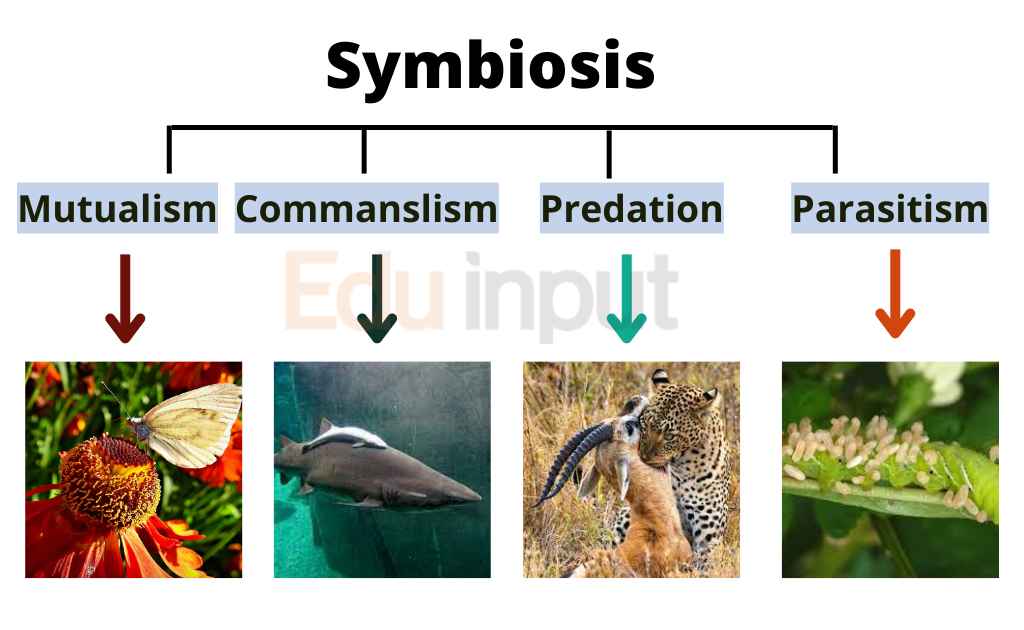Fungi-Characteristics, Structure, Nutrition, and Reproduction
Fungi are single-celled organisms that live in soil or other decaying organic matter. Fungi are eukaryotic cells, meaning they contain a nucleus and other organelles. They also lack cell walls and therefore are unable to move around freely. The main function of fungi is to decompose organic matter into simpler molecules.
General Characteristics of Fungi
Fungi are heterotrophic eukaryotic organisms including unicellular to the highly complex multicellular body. They have bodies generally composed of hyphae and their cell wall is composed of chitin. A fungus is any member of a large group of eukaryotic organisms that includes microorganisms like yeasts and molds and more familiar mushrooms. These organisms are classified as kingdom Fungi.
It is separate from plants, animals, protists, and bacteria. One major difference is that fungal cells have cell walls that contain chitin. These and other differences show that fungi form a single group of related organisms.
The study of fungi is its biology discipline called mycology. Although it’s often seen as a branch of botany, mycology is its separate kingdom in biological taxonomy. Recent genetic studies have shown that fungi are more closely related to animals than plants.
Occurrence Of Fungi
Fungi are found in a wide variety of habitats, including water, soil, and dead and decaying organic matter. Fungi are heterotrophic, meaning they cannot synthesize their food and must get it from other sources.
Nutrition in Fungi
Fungi may be:
1. Saprophytes: These fungi get their food from dead organic matter.
2. Parasites: They live on their host and get their food from them.
3. Symbionts: These fungi develop relationships with other organisms. Its examples are Lichens and Mycorrhaeza.
General Structure In Fungi
The body of fungi consists of hyphae. Hyphae are minute, thread-like tubular structures. The group or mass of hyphae is called mycelium.
Hyphae spread over the surface of the substratum. The cell wall of hyphae contains chitin.
Types of Hyphae
There are two types of hyphae:
Septate Hyphae:
Septate hyphae are divided by cross walls, called septa (singular septum) into individual cells. Each hypha contains one or more nuclei. The septa of many septate fungi have pores. The cytoplasm can flow through these pores. It carries material to the growing tips of the hypha. So the hyphae grow rapidly when food and water are abundant and the temperature is favorable.
Non-Septate Hyphae:
They lack septa and hyphae are not divided into individual cells. They form an elongated multinucleated large cell. Such multinucleate hyphae are called coenocytic hyphae. Its cytoplasm moves effectively and distributes the material throughout the hyphae.
Reproduction In Fungi
Fungi may reproduce asexually or sexually:
Asexual Reproduction In Fungi
Fungi reproduce asexually through:
- Endospore
- Conidia formation
- Zoospore
- Aplanospores
- Arthrospore
- Claymadospore
Sexual Reproduction in Fungi
There are three phases of sexual reproduction.
- Plasmogamy
- Karyogamy
- Meiosis






Leave a Reply